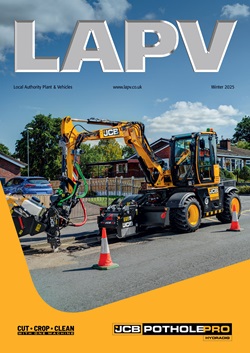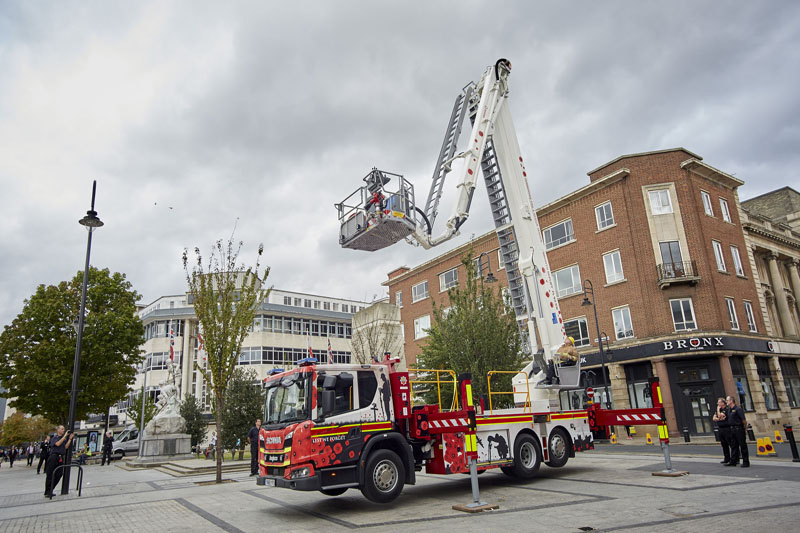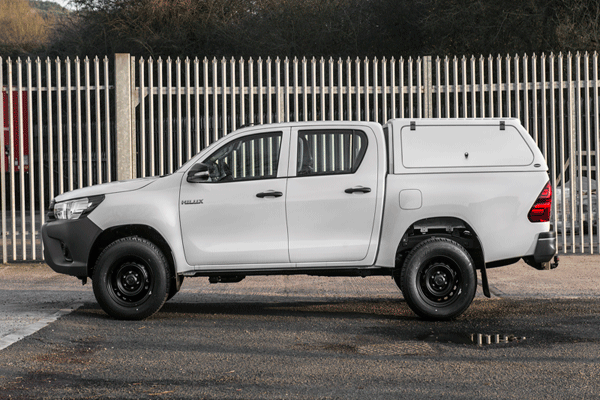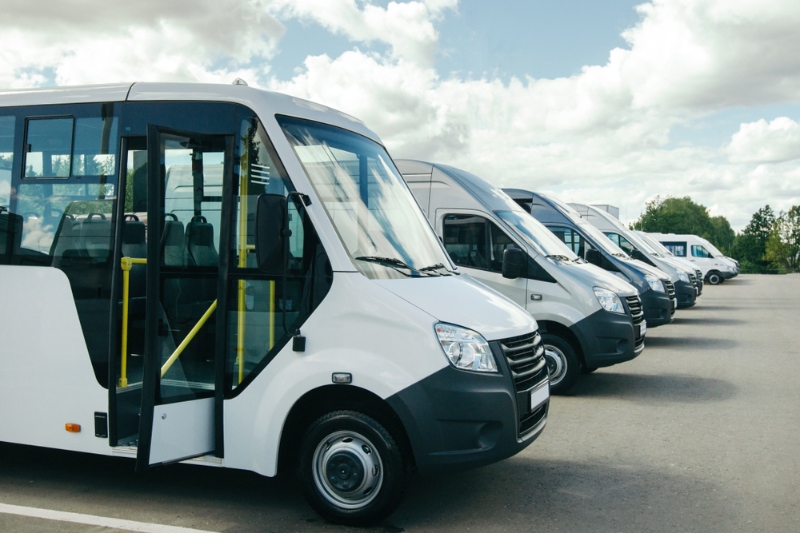The eActros ' the electric truck from Mercedes-Benz Trucks ' is set to be tested on the roads with selected operators.
Ten vehicles, with gross weights of either 18 or 25 tonnes, will be handed to customers, who will be testing their everyday feasibility and economic efficiency under real-life conditions.
The vehicle which is claimed to be the world's first heavy-duty electric truck, was launched in 2016 and has the long-term aim is to provide locally emission-free and quiet driving in urban environments with series-production trucks.
Martin Daum, the Daimler AG Board Member responsible for Daimler Trucks and Buses, said: 'We now want to work together with our customers to move swiftly forward with the development of our Mercedes-Benz eActros to the point where it becomes a viable proposition in tough everyday operations ' both technically and commercially.
'We are beginning this process by creating an innovation fleet and will be supporting its testing in the day-to day logistics environment of our customers. This will enable us to establish just what remains to be done, in terms of technical matters, infrastructure and service, to make our Mercedes-Benz eActros competitive'
Stefan Buchner, head of Mercedes-Benz Trucks, added: 'We are now passing both two and three-axle variants of the Mercedes-Benz eActros into the hands of customers. Initially the focus will be on inner-city goods transport and delivery services ' the ranges required here are well within the scope of our Mercedes-Benz eActros'
Participating in the fleet test are customers from a variety of sectors in Germany and Switzerland. They are: Dachser, Edeka, Hermes, Kraftverkehr Nagel, Ludwig Meyer, pfenning logistics, TBS Rhein-Neckar and Rigterink from Germany, and Camion Transport and Migros from Switzerland.
The eActros is based on the frame of the conventional Actros. However, the vehicle architecture has been configured specifically for the electric drive system, with a high proportion of relevant components.
The drive system comprises two electric motors located close to the rear-axle wheel hubs. These three-phase asynchronous motors are liquid-cooled and operate with a nominal voltage of 400 volts. They generate an output of 125 kW each, with maximum torque of 485 Nm each. The gearing ratios convert this into 11 000 Nm each, resulting in driving performance on a par with that of a diesel truck.
The maximum permissible axle load stands at the usual 11.5 tonnes. The energy for a range of up to 200km is provided by two lithium-ion batteries with an output of 240 kWh.
The batteries are accommodated in eleven packs: three are located in the frame area, the other eight underneath. For safety reasons, the battery packs are protected by steel housings.
Discharged batteries can be fully recharged within three to eleven hours, assuming a realistic charging capacity of 20 to 80 kW from a mobile charging device at a fleet depot. The charging standard used is the Combined Charging System, CCS.







